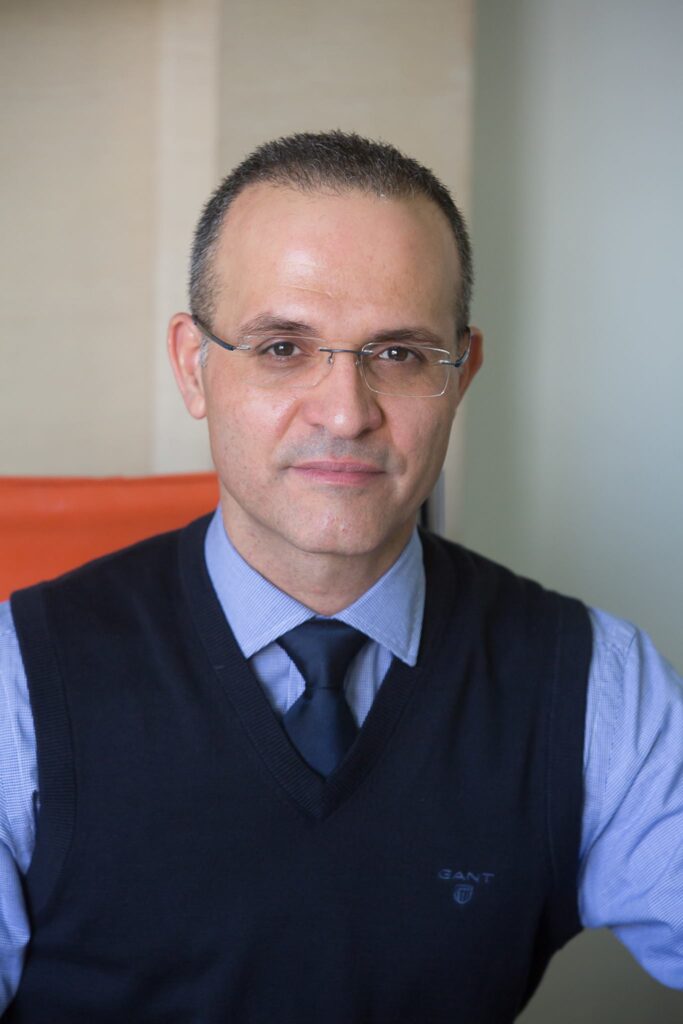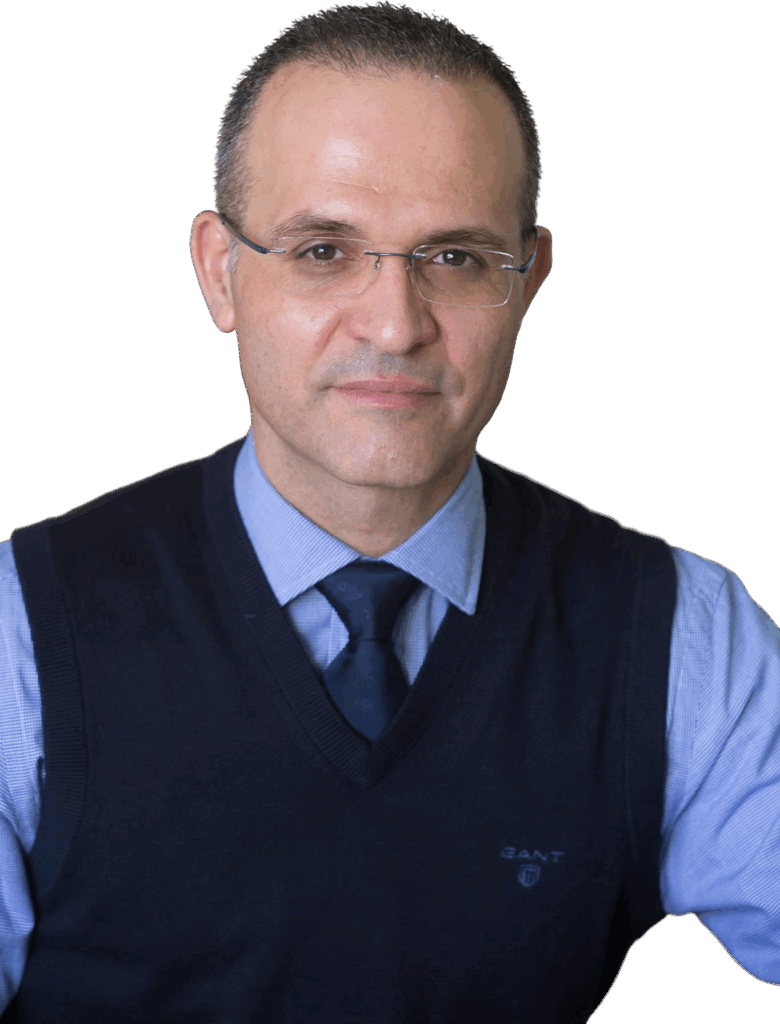Orthodontic Excellence for All Ages
Creating beautiful, confident smiles with personalized care
Welcome to Our Orthodontic Practice Welcome to Our Orthodontic Practice

Orthodontics
Whether you’re seeking treatment for yourself or your child, we offer a range of modern orthodontic solutions tailored to your specific needs and lifestyle. From traditional braces to invisible options, we provide treatments that fit seamlessly into your life while delivering outstanding results.
Our orthodontic Treatments
| Treatment Plans | Orthocaps | Metallic | Ceramic | Invisible (lingual) |
|---|---|---|---|---|
| Invisible | Yes | No | Unnoticeable | Yes |
| Inside/Outside | Outside | Outside | Outside | Inside |
| Fixed/Removable | Removable | Fixed | Fixed | Fixed |
Orthocaps
We offer the clinically proven Orthocaps braces treatment, the almost invisible way to provide teeth straightening.
Clear Orthocaps braces are the ultimate cosmetic brace for creating beautiful smiles! Is a revolutionary way for teeth straightening without obvious braces by using a series of nearly undetectable aligners instead of wires and brackets
Metal Braces
Metal braces are made from high-quality stainless steel and remain the most common type of orthodontic appliance, especially for children and teenagers. Modern metal braces are smaller, more comfortable, and less noticeable than those available in the past.
Features:
- Durable and effective for all types of corrections
- Option to add colored elastics for personalization
- Excellent for complex orthodontic issues
- Most economical fixed brace optionPopover content
Colours
Coloured elastics can be added to the braces to make it more fun. Ask Dr. Ioannou for your favourite colour at your next appointment.
Ceramic Braces
Ceramic braces offer many possibilities for a discreet smile during treatment. Combined with white archwires, they’re nearly invisible. These braces are durable, comfortable, and don’t discolor unlike acrylic brackets.
Features:
- Tooth-colored brackets that blend with your smile
- Less noticeable than metal braces
- Equally effective as traditional braces
- Ideal for image-conscious teens and adults
Lingual Braces
Lingual braces are placed on the inside surfaces of your teeth, making them completely invisible to others. They give adults and older teenagers the chance to straighten their teeth discreetly.
Features:
- Completely hidden behind your teeth
- Custom-made for your teeth (Incognito system)
- Effective for most orthodontic issues
- Perfect for professionals and those in the public eye
Treatment Process
Treatment Planning
Dr. Ioannou will analyze your records and create a customized treatment plan addressing your specific needs and goals. We'll discuss treatment options, timeline, and investment.
Progress Appointments
Regular visits allow us to monitor your progress and make necessary adjustments. These typically occur every 6-8 weeks depending on your treatment.


Initial Consultation
Your journey begins with a comprehensive examination and discussion of your concerns. We'll take photographs, x-rays, and impressions if needed to develop your personalized treatment plan.
Beginning Treatment
Whether you choose braces or aligners, we'll ensure you're comfortable with the process and understand how to care for your orthodontic appliances.
Completion & Retention
Once your active treatment is complete, we'll provide retainers to maintain your beautiful new smile. Proper retention is crucial for long-term success.

